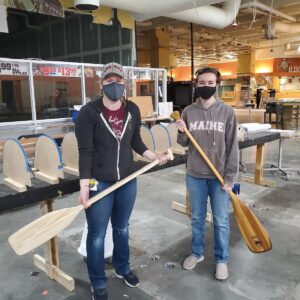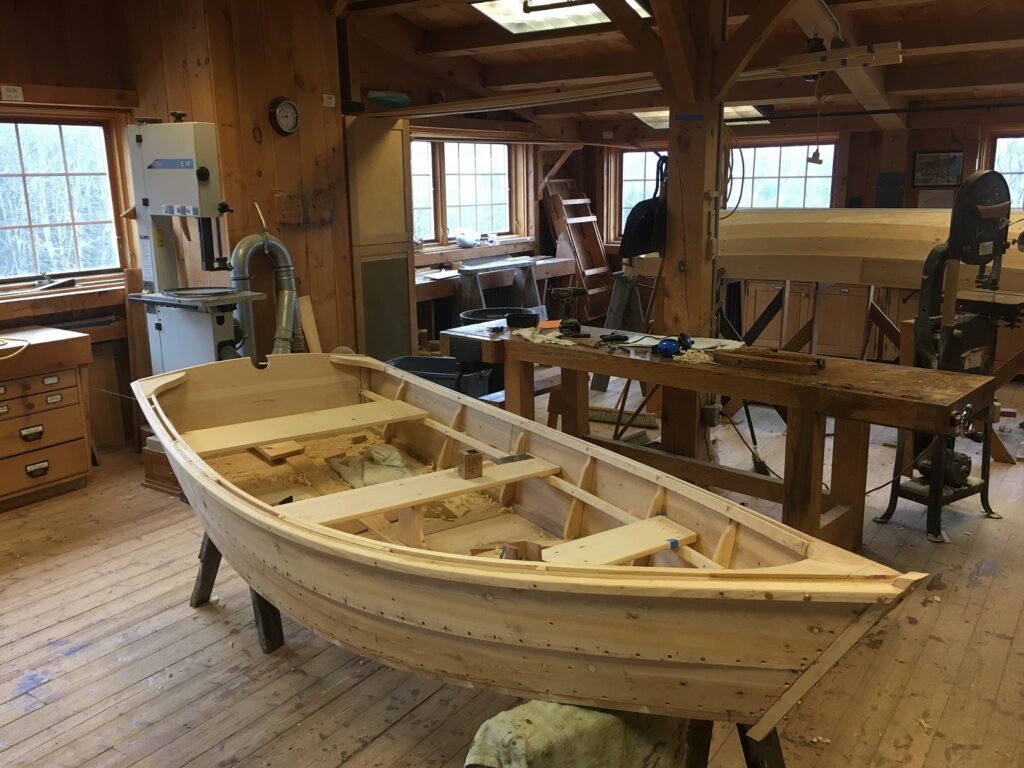Race to the Sea
Article and photos by Joe Mish
Imagine a colorful fleet of canoes and kayaks gathered at the confluence of the north and south branch in anticipation of the start of a dash down the Raritan River to the sea. Described as a sojourn, dash, race and tour to accommodate all levels of experience, the finish lines for each class can be a different take out along the way. Classes for racers, timed for placement and simply celebration upon reaching any chosen finish line for the touring dashers. Distance or time become the personal feedback for participants who may wish to improve their last year’s performance. In that way the ‘race’ has the elements of developing into a tradition where dad’s and daughters, moms and sons, look forward to next year and maybe in anticipation, focus on improving their health and physical conditioning.
The paddler’s intimacy with the Raritan brings with it a deeper appreciation of the river, which has existed as more of a concept to most people who may only glimpse it at a distance, while passing over a bridge on the way to work. With intimacy comes consideration and concern about all things impacting the river and its watershed.
The possibilities to grow a network of support for the treasure that is the Raritan River, are limited only by imagination. Photographs and art work inspired by the river’s appearance through the seasons could be celebrated by riverside towns, restaurants, schools and galleries to be dispersed far and wide. Like seeds in the wind, the beauty and appreciation of the Raritan may be an inspiration to awaken distant communities to the riverine treasures in their backyard.
One example of a successful effort to market a once polluted river, is the Kenduskeag Stream Canoe Race, held each April, in Maine. At one time salmon and eels returned from the sea via the Penobscot River to the Kenduskeag stream. By the time Thoreau walked he shores of the Kenduskeag in the mid 19th century, tanneries and flour mills blocked and poisoned the stream and continued well into the 1960s. A group of local canoeists came up with the idea for a canoe race to showcase the Kenduskeag and bring attention to its health. Eventually the race expanded to be televised and enjoyed by hundreds of viewers and attendees. The salmon run is making a comeback and even Sports Illustrated found room on its cover to celebrate the longest early season canoe race in New England. I participated in this race for eighteen years and carried the seeds of inspiration back to the Raritan. It is no small coincidence that Henry David Thoreau left indelible footprints along the Raritan River and the Kenduskeag for future generations to follow.

The crowd of streamside supporters bundled dry and warm, cheer on canoeists who await the countdown for the start of the Kenduskeag Stream Race. The countdown to the start of the race, 5. 4. 3. 2. 1.gets the adrenaline flowing. This is a scenario that may someday be played out at the confluence of the Raritan River.
Author Joe Mish has been running wild in New Jersey since childhood when he found ways to escape his mother’s watchful eyes. He continues to trek the swamps, rivers and thickets seeking to share, with the residents and visitors, all of the state’s natural beauty hidden within full view. To read more of his writing and view more of his gorgeous photographs visit Winter Bear Rising, his wordpress blog. Joe’s series “Nature on the Raritan, Hidden in Plain View” runs monthly as part of the LRWP “Voices of the Watershed” series. Writing and photos used with permission from the author. Contact jjmish57@msn.com.


